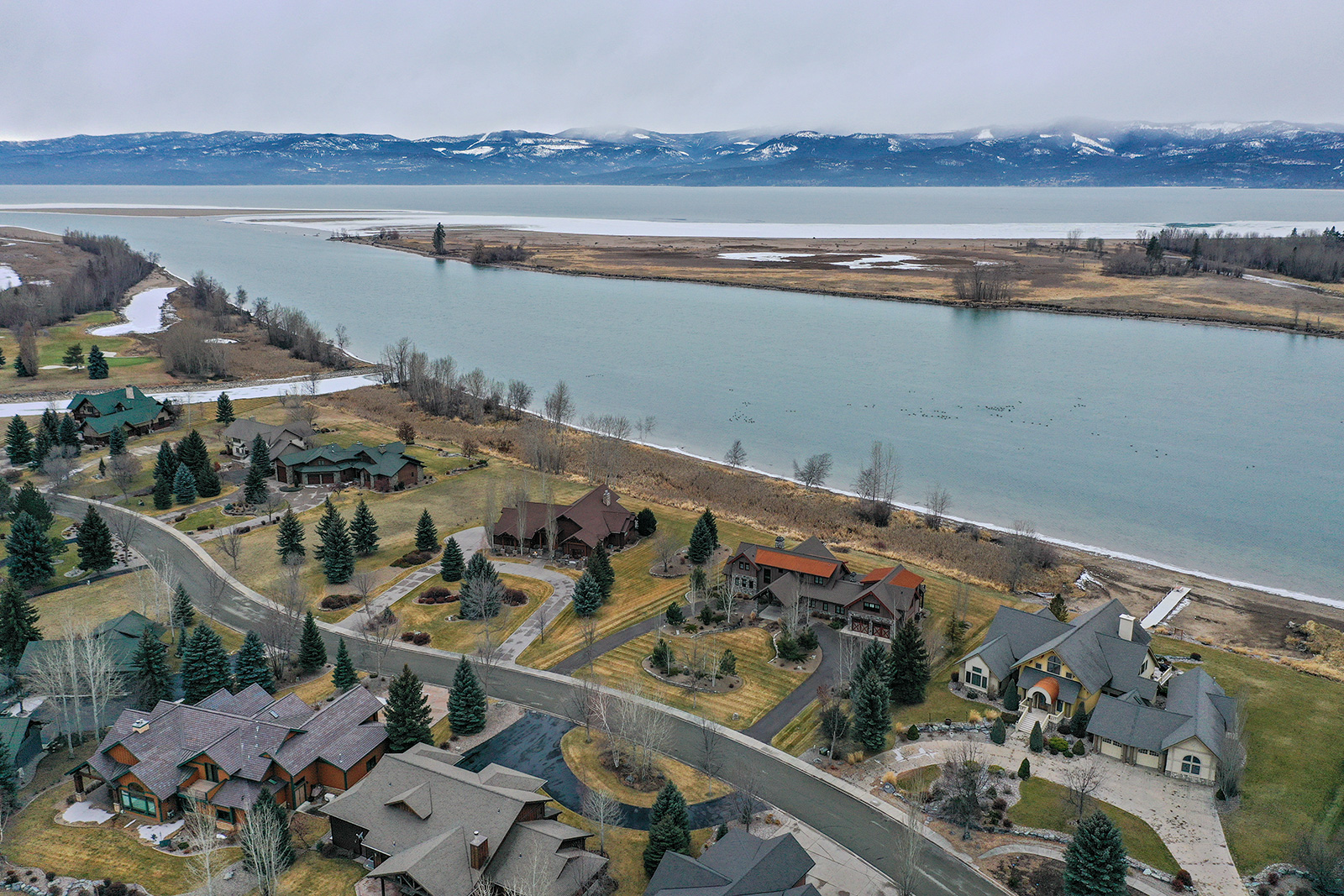Conservationists Study Boat Traffic Causing Flathead River Erosion
As accelerating erosion impacts landowners and water quality on Flathead waterways, conservationists are studying causes and solutions in a study to present to the state Legislature
By Maggie Dresser
In recent years, Samantha Tappenbeck of the Flathead Conservation District has heard increasing reports from landowners on the main stem of the Flathead River who tell her their land is eroding at a rapid rate, far exceeding the usual erosion that occurs naturally from the Seli’š Ksanka Qlispe’ dam.
While river erosion is a natural process, it has historically been accelerated since the dam was installed in the 1930s, but a Flathead River erosion study is showing that an uptick in recreational wake boat activity on the river is exacerbating the problem.
“We are hearing from landowners in recent years that there’s an acceleration in the erosion on the lower 22 miles of the Flathead River,” Tappenbeck said. “They are anecdotally reporting that increased erosion is caused by recreational boating – specifically wake boats.”
According to landowners, about a foot of riverbank is typically eroded every year, but now they are losing 7 to 9 feet of bank per year.
“They suspect it’s because of the boat traffic,” Tappenbeck said. “It really has a powerful effect on the bank.”
In addition to the negative consequences on the public and private property along the riverbank, including agricultural land, erosion has significant negative effects on the water quality. Unnaturally high rates of erosion are sending high loads of sediments and nutrients including phosphorus and nitrogen into the river and downstream, polluting the Flathead River and Flathead Lake.
The Flathead Conservation District, the Flathead River Commission and other agencies are working on a legislative study to present to the water policy interim committee to determine and mitigate the impacts. The draft report is intended to bring legislative action to the next session.
“The importance for us is to bring it forward as a resolution to the Legislature was to really determine the specific impact of boat recreation on the river that seems to be accelerating the rates of erosion,” Tappenbeck said.
Tappenbeck says there’s still significant information needed to determine the potential outcomes, but those involved in the study are working to brainstorm potential solutions to mitigate the erosion.
Potential solutions include a no-wake zone on the lower 22 miles of the river or prohibiting boats near the shore, but Tappenbeck says both of those ideas would be controversial.
The water policy interim committee could also make a recommendation to bring forth a bill for legislative action that would allocate funding to assist landowners who are affected.
“Right now, the full financial burden is placed on the shoulders of landowners,” Tappenbeck said.
According to the interim study request to the Montana State Legislature, the fiscal impacts associated with the erosion of the Flathead River and Flathead Lake include shoreline property values of roughly $7 billion while impacting tourism that comprises about 20% of the local economy. Ecological services like water supply and purification and flood and drought mitigation are also impacted.
Other possible financial solutions include offering landowners a tax break or other types of program funding.
With the Flathead River Erosion study, the water policy interim committee will decide if there’s an opportunity to introduce a statewide bill and a panel of stakeholders are meeting in March to determine if this localized issue is impacting waterways in other counties.
Tappenbeck says the Missouri, Gallatin and Jefferson rivers are also experiencing unprecedented rates of erosion, although not necessarily from boat traffic.
“The Flathead Conservation District is very localized to the Flathead River, but there’s opportunities for larger impacts statewide,” Tappenbeck said.
In addition to the legislative study, the conservation district recently secured grant funding for a scientific study on the accelerated erosion rates.
Tappenbeck will present the Flathead River Erosion Study to the Flathead Basin Commission meeting on March 2. To attend via Zoom, contact Cassidy Bender at [email protected] for call-in information.